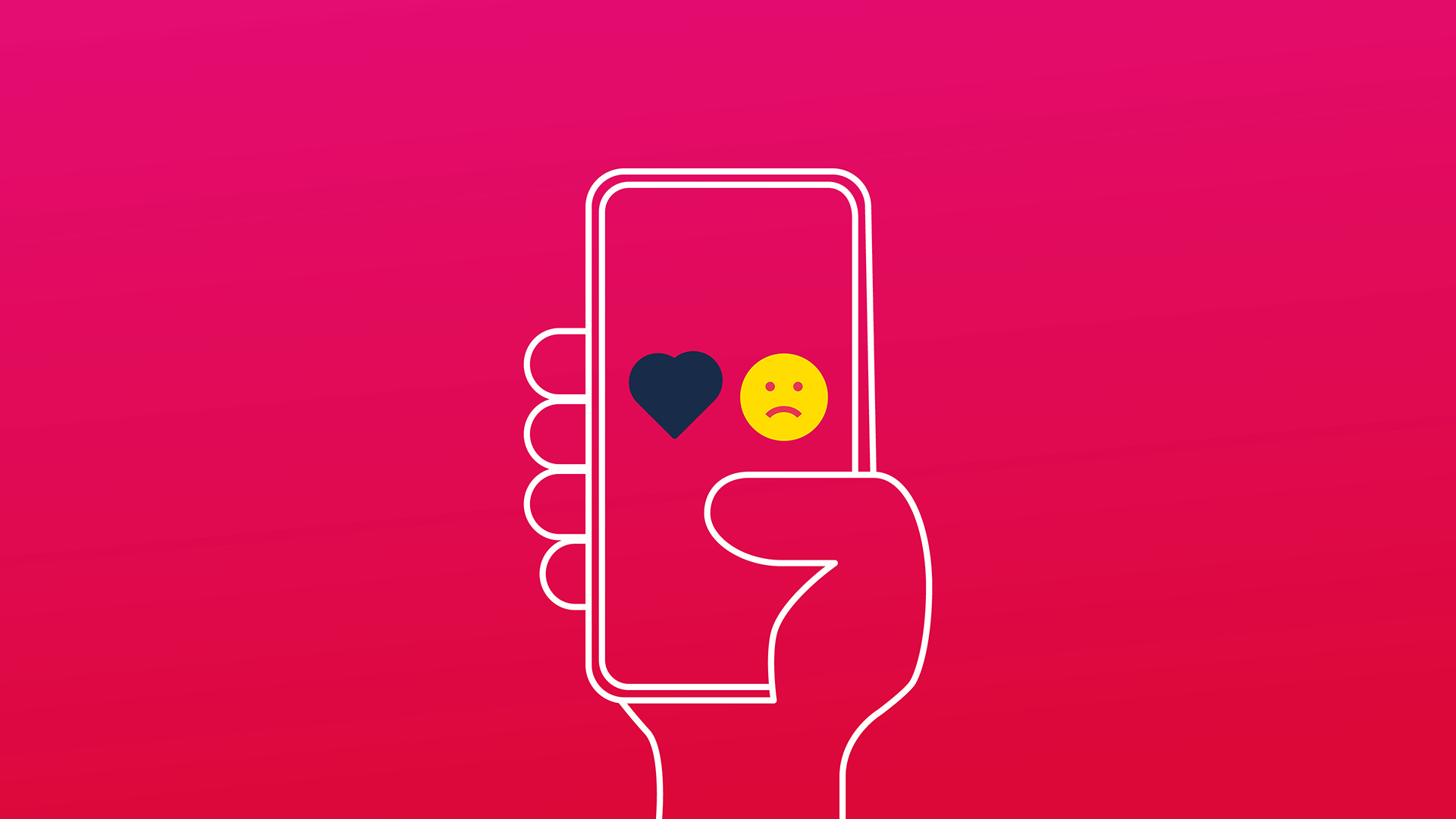We build succesful brands with creative user experiences. UX is essentially about connecting people and technology, and to make sure that the user's experience is meaningful.
UX is the digital experience that your brand offers

At GORM Agency, we develop strong digital user experience for various Danish and global brands. We develop our clients' business because we know creativity and tech alike, and we are specialised in the whole UX process - from initial user surveys to analysis, reporting and optimisation. What kind of digital experience does your brand offer?
Digital experiences are a vital part of the over-all experience that the customer has with your brand. UX is about creating relevant and meaningful digital user experiences - not just about visual design, as many would like to believe, although visual design is a part of the experience. But it is a part of a much bigger discipline. User experience is about meaning and value to the user.
For brands, user experience is a part of the customer's experience when the user interacts with the brand or a specific product. Whether the interaction happens in an app, a website, a wearable, smart sound or something else, that does not matter. What matters is that the experience is good and stands out.
At GORM Agency, we work in an agile process, because we never deliver standard solutions:
LISTEN: There is data on everything, but data is nothing without empathy and insight. We make every effort to understand the users both quantitatively and qualitatively before we create a solution.
CREATE: We create digital content concepts and design wireframes. We (most times) build clickable prototypes, so you get a sense of the UX design before our team of content producers, interactions designers and code developers are unleashed.
REFINE: We constantly track, optimise and collect new insights. It’s only when the website is live and in use by real users that we retrieve actual user insights. These insights should naturally be used to make the site better.
The user experience process at GORM Agency
Let’s take a closer look at how we work with UX.

The UX process consists of many smaller phases. Together, these phases enable us to facilitate the best user experience for your users – which, in return, creates more business for you.
How to start working with (better) UX
We always start by discussing what the purpose is for the client. Opt-ins and opt-outs are equally important as they help give direction for later processes. What should the website do? How should it deliver results? Who does the customer want to reach?
The initial discussion and analysis is where we reach an agreement on what the goal is. An important part of this initial discussion is analyzing all available data and entering a dialogue with the users. Workshops, surveys, interviews and focus groups – we choose the user research methods that make the most sense, so we get the insights we need.
When data and a strong user-centered focus go hand in hand the client gets the most value – which is crucial in order for the website or app to solve business-critical challenges.
User surveys give your customers a voice – and we want to listen
We focus on both quantitative and qualitative methods so we uncover the user needs from all angles. That’s why we have a long list of methods for user research.
Surveys / questionnaires is a great way of collecting data, and they can reveal many patterns of a user’s experience on your website. Depending on the focus of the survey, we can combine quantity and quality with follow-up interviews to users that result in more detailed insights.
Workshops and focus groups are other methods that can help us become familiar with user needs. A dialogue with a user can open up entirely new angles and experiences that we would never even think of – both positive and negative.
UX is about a user’s experience ... so how do you get anywhere without listening to them in the first place?
Screen recordings reveal what users are doing (and what they are not doing)
At GORM Agency, we recommend using different analysis tools through the whole UX process. One of these is screen recordings. By recording how a user moves around your website, and also where they abandon it, we get valuable insights into the user behaviour.
Screen recordings and heat maps that visually show clicks and scrolls enable us to analyse your users. We go from guessing to solid facts.
We map user journeys and consider all touchpoints
We are dedicated to making user journeys clear. The client's own insights, data and user surveys let us know how different user journeys may look and how to best facilitate them.
Try this: Start by drawing the user journey with pen and paper. We often ask our clients to do this, because it tells us a lot about how they themselves see their users’ journey. This can potentially reveal to us the "blank spaces" that need to be addressed. Where do we lose potential stakeholders? Where should the website be better? Are the users doing what our business needs – at all, or do they abandon the most valuable actions?
When we go through user journeys for different clients, we cover all the key scenarios, touchpoints and mindsets that your website should be able to handle. It is an indisputable part of good workmanship.
Wireframes and clickable prototypes give an idea of the final website
When designing wireframes and UX prototypes, we express the user journey through content and functionality. Based on a thorough UX scope, sitemaps and information architecture, we start sketching wireframes by hand. As soon as we agree that we have captured the essence of the common goal, we proceed digitally.
When developing websites, we prefer to work with clickable prototypes. The client can interact, test and understand the product before a single line of code is written. This also means that we find a common starting point early on in the process and agree that the work is on the right path.
Clickable prototypes – elsewhere called “clickable wireframes” – enable us to navigate around misunderstandings and enable us to use both working hours and resources smarter.
The clickable prototype is the first step to quickly give an impression of how the final website will look and operate. For some clients, it may be more comfortable and easier to relate to than eg. a PDF.
We use several tools to develop fast, clickable prototypes. Some of these include Envision, Axure, UXPin and Webflow.
When we have a detailed and meaningful UX wireframe, we can move onto UI, development, testing and optimization. And then we are well on our way :-)

Lasse Øster Jørgensen
UX Director, Partner


